Sometimes, people come across something on social media that bothers them so deeply that they feel compelled to leave a comment expressing their irritation and frustration. In doing so, they may unknowingly fall into a clever trap known as rage bait.
Formally, rage bait is a manipulative tactic used to elicit outrage and provoke strong emotional reactions, particularly anger with the goal of increasing online engagement and generating revenue. One might wonder why anyone would interact with such content, but the answer isn’t as simple as it seems.
Platforms like TikTok, Instagram, and YouTube operate on algorithms designed to maximize user engagement through likes, shares, comments, and views. The problem arises when algorithms often unintentionally prioritize content that sparks strong emotional responses. Posts that elicit anger, outrage, or shock often tend to go viral more quickly than neutral or positive content.
Outrage drives clicks. When users are confronted with something they strongly disagree with, they’re more likely to engage by commenting, sharing, or arguing with others in the comment section.
One real-world example of this is Winta Zesu, a TikToker and social media influencer known for her satirical skits. Her videos often depict dramatic situations, such as her being demanding toward waiters at restaurants, situations many viewers believe to be real. In one of her TikToks, Winta stages a fake restaurant scene where she pretends a waiter (never shown) says something rude and unhelpful. Because she doesn’t explain that it’s just a skit, many viewers assume the video is real.
This sparks two types of reactions in the comments, some viewers get angry at the waiter, while others accuse Winta of faking the whole scenario. This mix of outrage and debate helps the video spread rapidly and gain massive amounts of attention.
So, what can teenagers do about it? The most important step is recognizing when something is rage bait. Once teens understand that certain content is designed to provoke an emotional response, they can begin to react more thoughtfully. Instead of instantly commenting or sharing, they can pause and ask themselves, ‘Is this trying to make me angry on purpose?’ That small moment of reflection can make a big difference.
“Rage bait has impacted me from comments on my posts…I try to respond with kindness, but it was genuinely so out of pocket. I think it’s gotten worse over time, and I think also empathy as well. We’ve lost empathy, as a humanity,” said Piper Osgan, explaining how rage bait has personally affected her.
On the other hand, Zofia Baron said it hasn’t affected her at all. “It has not at all… even if it’s a bad video I just scroll… I don’t really care,” said Baron.
These different reactions show that while rage bait doesn’t impact everyone in the same way, it’s still important to be aware of it. Teenagers can take control of their online spaces by unfollowing or muting accounts that frequently post misleading content. One way to fight back against harmful social media algorithms is by reporting harmful videos or posts.
It’s also helpful to have open conversations with friends and family about what we’re seeing online. Sharing experiences can make it easier to spot rage bait and avoid falling into toxic comment sections. Most importantly, teens should remember that not every video deserves a response. Choosing not to engage is a powerful way to take back control from algorithms that feed off outrage.
By learning how rage bait works and knowing how to spot it, teens can make smarter decisions online. Simple actions like scrolling past a video, unfollowing toxic accounts, or taking a moment to think before reacting can make a big difference. In a digital age where the internet rewards outrage, choosing kindness, and self-control is a smart way to protect your mental health and improve your online experience.








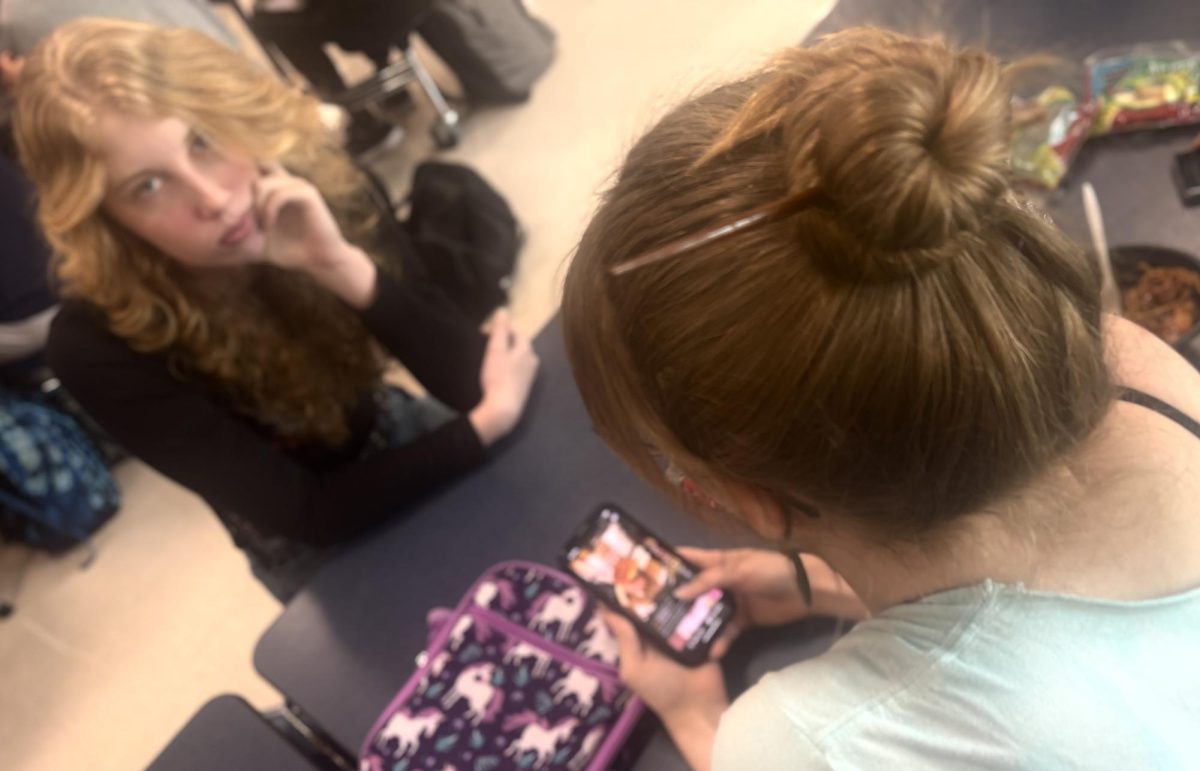


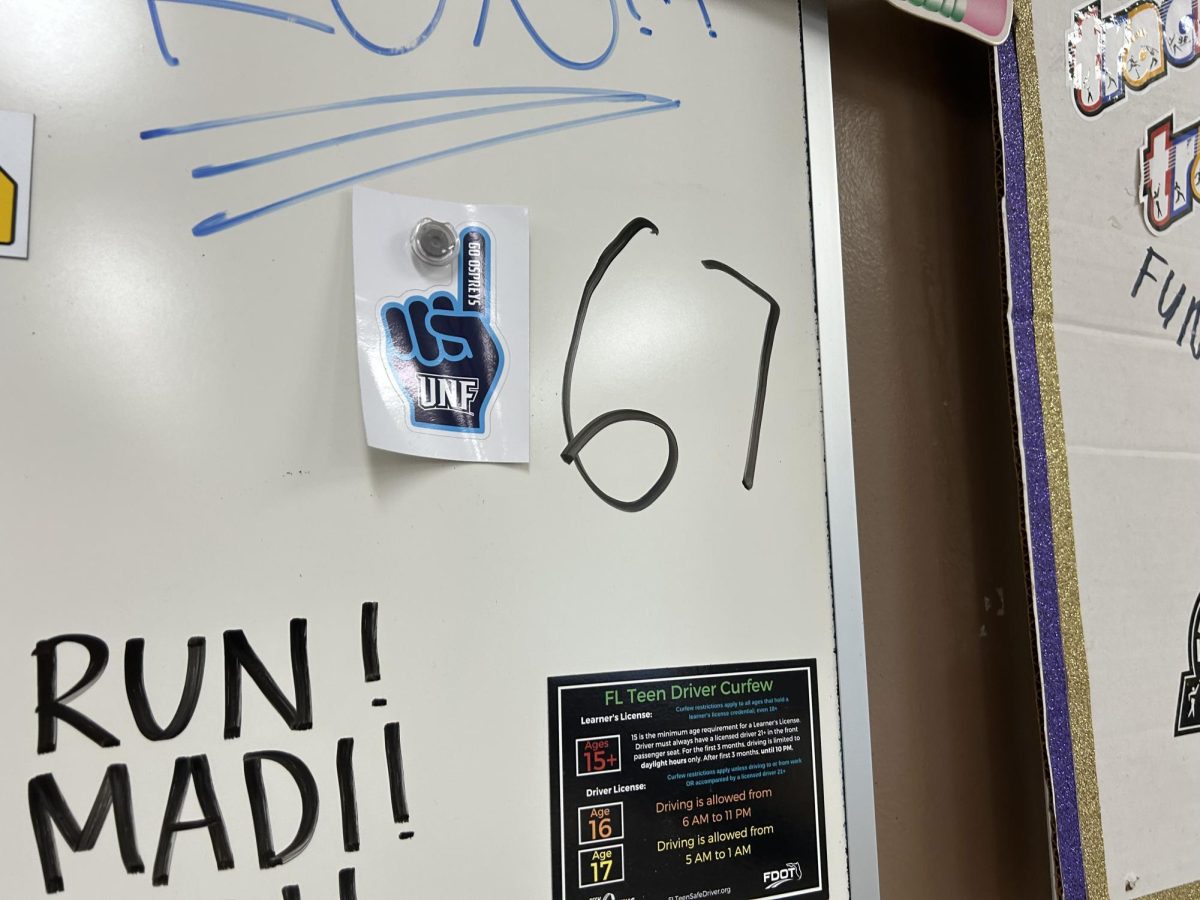


















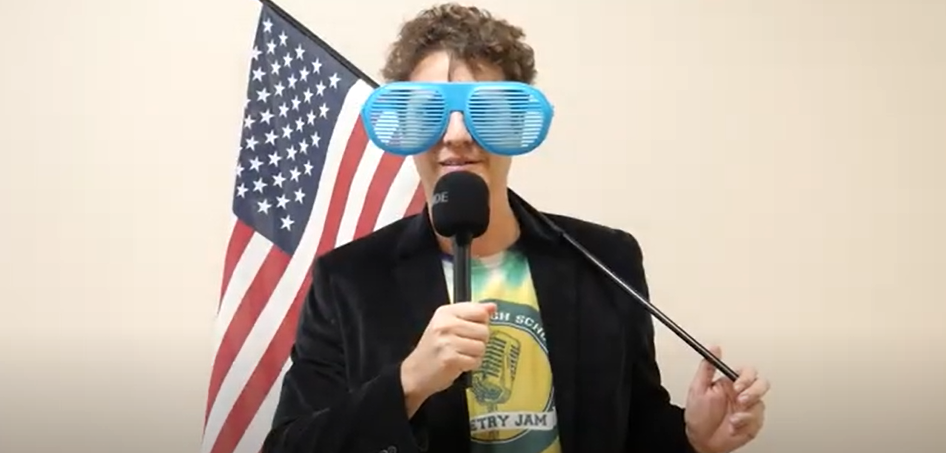
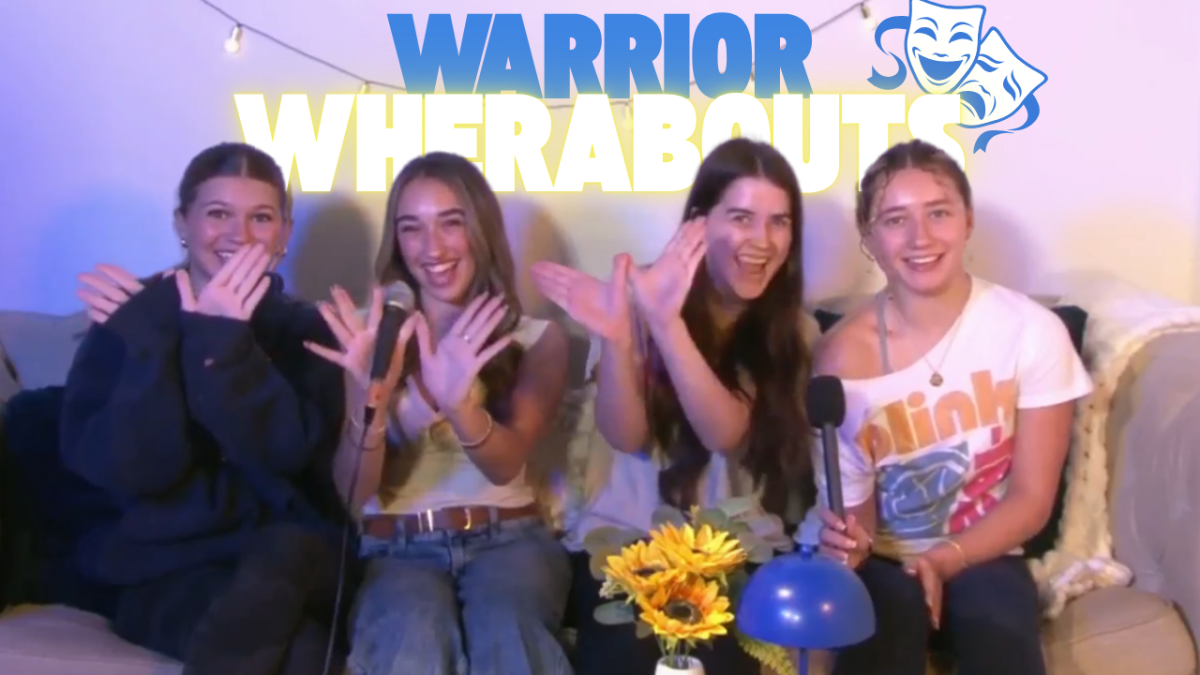

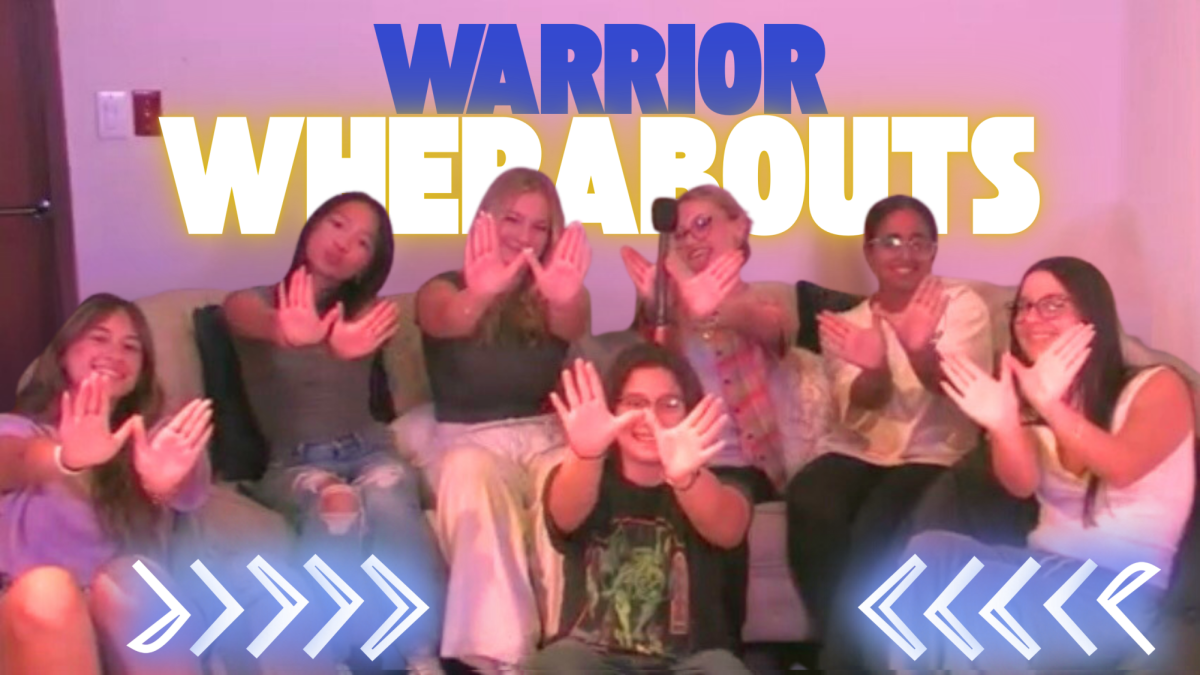













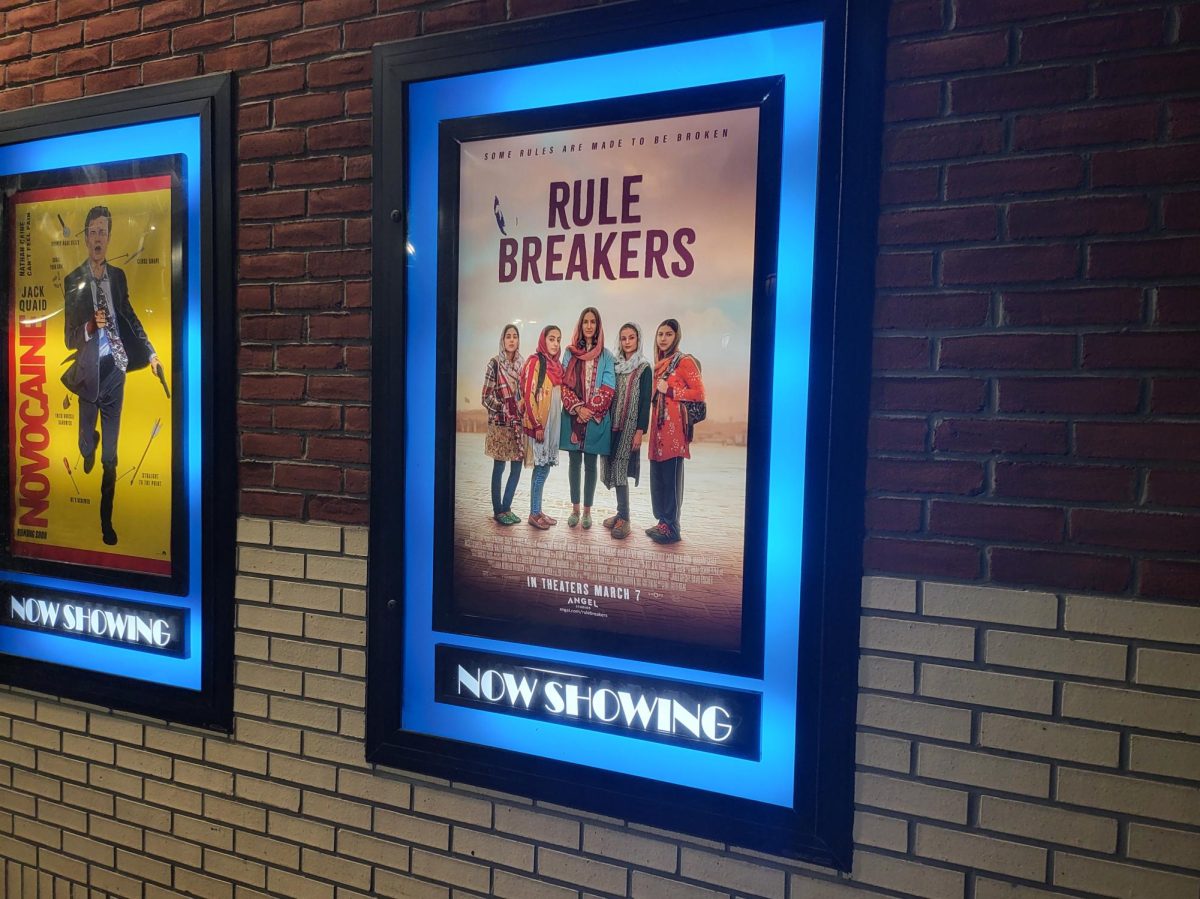

Andrea Rivero / Sep 26, 2025 at 9:47 am
Super informational! Never thought about this before, you wrote about it perfectly! Awesomesauce!